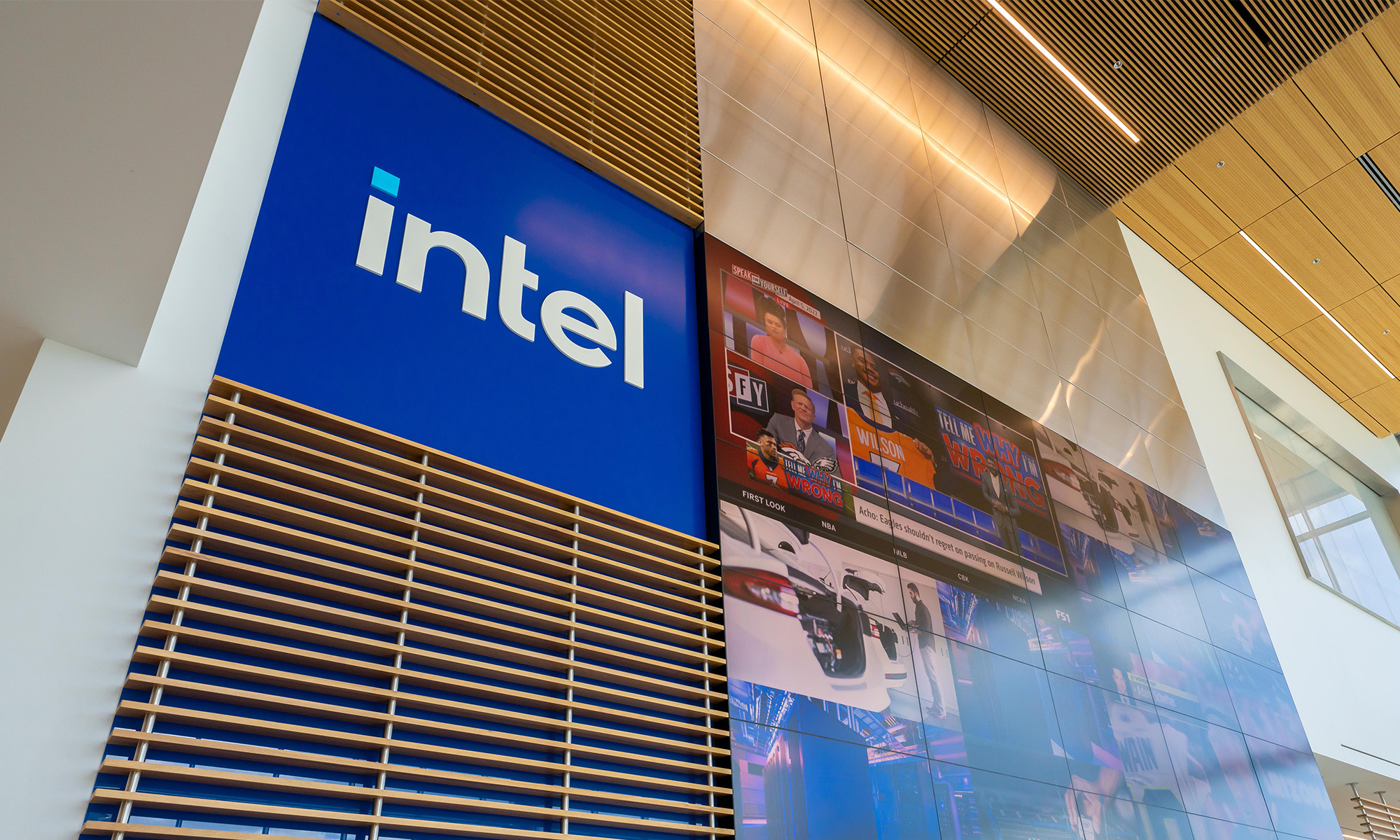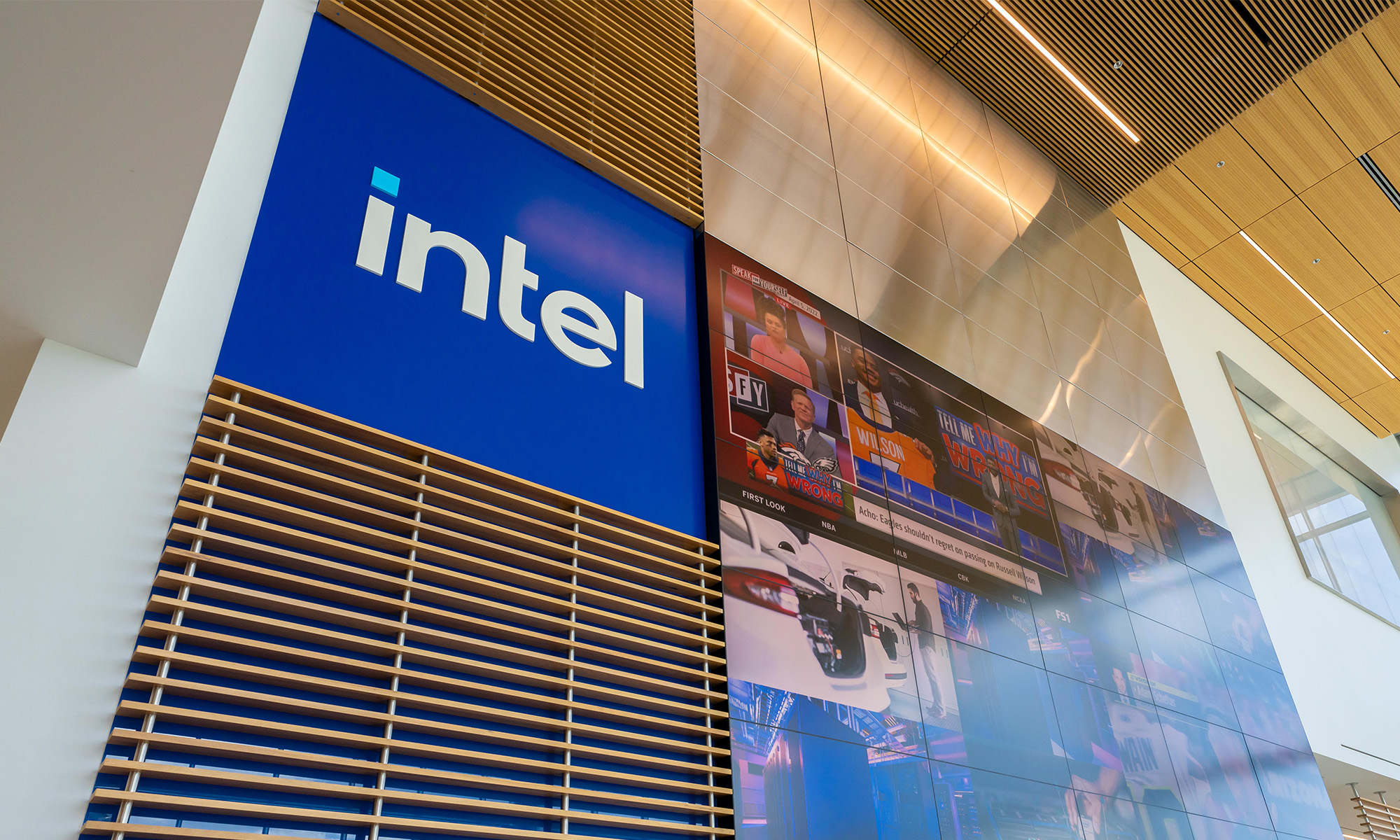Intel's (INTC 0.52%) comeback continued on Thursday as the legacy chip company posted better-than-expected results in its third quarter.
Revenue growth was weak again, up just 3% to $13.7 billion, but was still well ahead of the consensus at $13.14 billion, showing how low expectations have sunk the stock.
However, the real star of the earnings report was the dramatic improvement in the company's profitability. Adjusted gross margin jumped 22 percentage points to 40%, benefiting from a more favorable product mix, lower inventory reserves, and higher revenue. Higher operating margin rose 29 percentage points to 11.2% as Intel lowered research and development and general and administrative expenses from $4.8 billion to $3.9 billion. On the bottom line, adjusted earnings per share came in at $0.23 from a per-share loss of $0.46 in the quarter a year ago.
CEO Lip-Bu Tan, who took over the company in March, has been focused on shoring up the balance sheet. Intel has sold stakes in the company to the federal government, Nvidia, and Softbank, and it sold stakes in Mobility and Altera to raise cash as well. Altogether, it raised $12.9 billion from those moves, and it expects Nvidia's $5 billion investment to close in the fourth quarter. It also repaid $4.3 billion in debt. Since the start of the year, the company has added $20 billion in net assets, showing that those efforts have paid off.

Image source: Intel.
What's next for Intel?
Intel is now a significantly different company than it was a year ago. Its new CEO, Lip-Bu Tan, was previously on the board of directors but left in frustration with the company's slow pace of change.
Now Tan is calling the shots. The company has slimmed down, selling off a majority stake in Altera and a minority stake in Mobileye. It also announced plans to cut 25,000 jobs in July, the latest in several rounds of layoffs, and it has refreshed its management ranks to "reestablish an engineering-first mindset."
Looking ahead to the fourth quarter, the company expects revenue of $12.8 billion to $13.8 billion, a 3% sequential decline from the third quarter and a 6.3% year-over-year decline.
That shows that despite the company's efforts to streamline the business, it's still struggling to grow at a time when peers like Nvidia, AMD, and Arm are delivering strong growth and benefiting from the AI boom.
On the bottom line, it expects a gross margin of 36.5% and adjusted earnings per share of $0.08, down from $0.13 in the quarter a year ago and well below the $0.23 it reported in the third quarter.
While much of its efforts have been on the Intel products division, the improvement on the bottom line came primarily from lowering costs in its foundry division and narrowing its operating loss from $5.8 billion to $2.3 billion in that division, even as revenue was down slightly.

NASDAQ: INTC
Key Data Points
Is Intel a buy?
After plunging back to 2003 levels as it got left behind in the AI race, Intel stock has doubled in less than three months and is now trading around where it was in early 2024 when hopes about AI lifted the stock.
Intel's market cap is now hovering around $200 billion, and the implied expectations are suddenly much higher. Based on next year's adjusted earnings per share consensus of $0.61, the stock now trades at a forward P/E of more than 60.
Of course, there's room for Intel to improve its business and top that number, but the argument that the stock is oversold and too cheap no longer applies.
At this point, investors should want to see clear signs that the company can return to revenue growth before bidding the stock higher.





